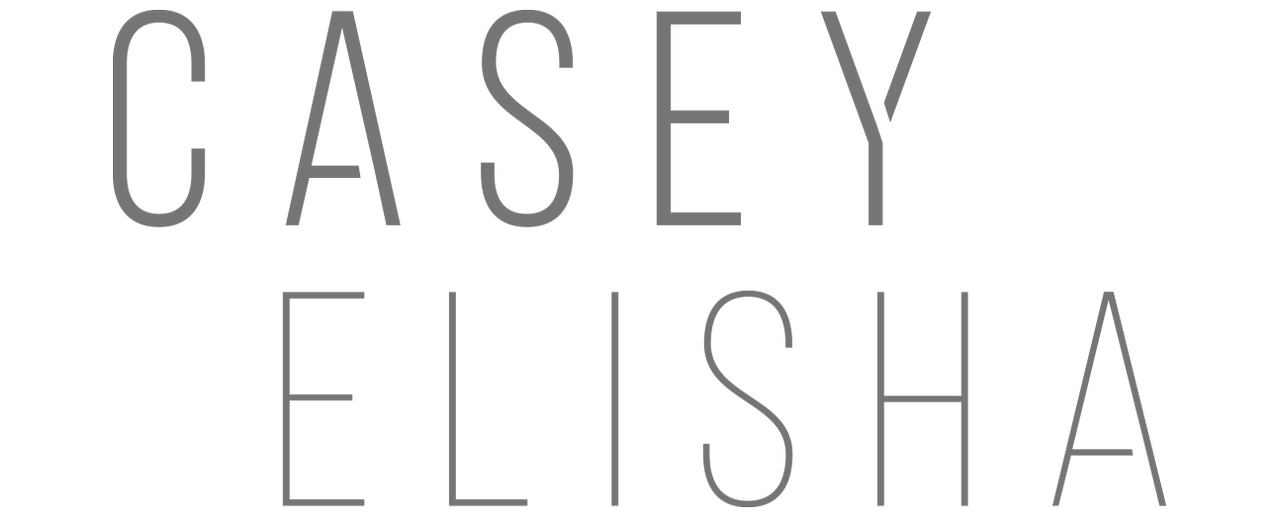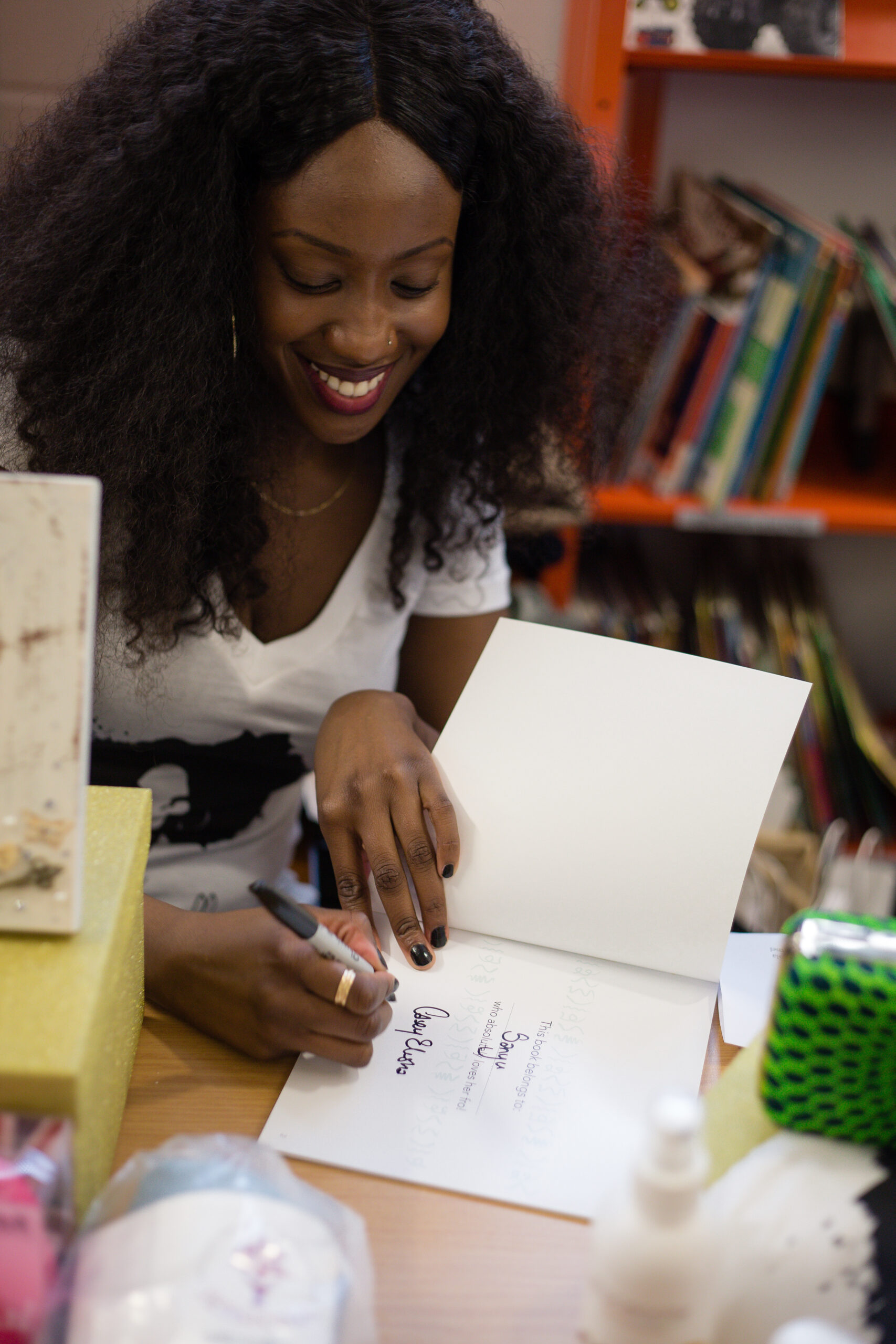People often ask me what tips I can give them for putting out a book. If you’re looking for a more in depth answer, I’ll be uploading a more in depth vlog on self-publishing very soon so keep an eye out for that. If you want a quick read, check out this list of my top ten tips for first-time authors.
Let me know your thoughts in the comment section!
Don’t rush!
If you rush, you will get overwhelmed, you’ll likely cut corners, and you’ll get unnecessarily stressed. Give yourself enough time to get everything done and, if you’re not meeting your deadlines, don’t worry about pushing them back.
It’s okay to make mistakes.
Whenever you try something new, you’re likely to make a mistake. Don’t beat yourself up! Embrace your mistakes! Every mistake is a lesson for next time.
Set a budget.
You need to consider how much you want to spend on creating and putting out your book. This includes the cost of printing, the cost of your illustrations and the cost of marketing and promotion. You then need to consider how much you plan to sell the book for, and how much profit you can make. If you’ll be paying your illustrator royalties, you’ll need to think about this, too, as this will reduce your profit.
TIP: Don’t necessarily try to make all your money back in one print run. Unless you’re printing around 750 - 1000 copies, which I wouldn’t recommend, you’ll likely find yourself pricing your book really high.
TIP: You need to keep in mind that, if you want to try and sell to some shops or libraries, they often ask for a 40-60% discount. This is something myself, and a few other self-publishers, have found difficulty around. There’s a lot to consider, but you can still put out a reasonably priced book with all of this.
Yes, you need an ISBN.
If you want to sell your book on any platform other than your own website, or have it in a library, you will need an ISBN. Make sure you buy your ISBN yourself from Nielsen. To ensure you have full ownership of your ISBN's, and your books, avoid using companies that say they can buy your ISBN for you. It is okay, however, for a company to supply you with a barcode using an ISBN you give them.
Get an editor.
Don’t underestimate the importance of good spelling and grammar in a book - especially a children’s book. Children learn from books so you don’t want to teach them the wrong thing. A parent is much less likely going to buy your book if they spot errors. Get an editor to help you make sure your language is on point and relevant for your target audience. They can also help with the readability of your story, as well as offer suggestions as to how it can be improved.
Create an illustrator agreement.
In any kind of work, it’s silly to work without some kind of contract or agreement. Create an illustrator agreement between you and your illustrator. The agreement should cover the work that’s being done, the timeframe it’ll be done in, ownership and payment. You can find templates online to use that you can edit to suit your needs. This agreement will give both you and your illustrator something to work to, and something to fall back on should there be any disagreements down the line.
Get some feedback.
I strongly recommend sending your story and reference images out to some people within your target audience and asking for some feedback. Put together an online questionnaire with some key questions such as “what did you like about the story” and “how do you feel the story can be improved”. It’s all good sharing your book with your friends or family and getting their thoughts, but it’s likely they’re going to be more excited about you releasing a book than them actually giving you constructive criticism. It also makes more sense to get feedback from your actual target audience so, if your book is for children, test it out on children! Plus, children give the best, most honest feedback. They don’t sugar coat anything!
Market research never hurts.
Check out the book market, and which books out there people are responding to positively within your genre. Look at those books and consider the size and shape of the book, number of pages, illustration style, writing style, text size, price of the book etc. All the things that, essentially, make the book. Look at where those other books are being sold and how they’re being marketed. It’s not about stealing ideas, it’s just about understanding the process and the things that’ll help make your own book successful.
If you don’t ask, you don’t get.
This is something apply to every aspect of life, including my self-publishing work. Whether you’re asking for advice, or for your illustrator to negotiate their fee, if you don’t ask you don’t get. The worst someone will do is ignore you, or tell you no, and neither of those will kill you or stop you from putting out your book. Don’t be afraid to ask companies for support or sponsorship. I’ve had a number of small and big business donations for my launches and events, and sometimes it can help get people more interested in what you’re doing.
There’s no harm in saying no.
Make the most of every opportunity that comes your way, but there’s no harm in saying no to some things. In the beginning, pretty much all exposure will be good, but there will come a time when you can say no. I’ve been invited to sell my books at events that I’ve turned down because, after assessing the situation such as the target audience, ticket or stall price and event location, I’ve realised that it’d actually cost me more to go there for the day (travel and food) than what I’d make back. In those situations, you can offer something such as flyers or something for the raffle that might give you a small presence at the event without physically being there.
BONUS TIP
(I know I said 10, but everyone likes a bonus!)
Promote, promote, promote!
Once you release your book, make sure you promote it well! When I first put out Love Thy Fro, I was so nervous about how it was going to be received that it took me a while to really start promoting it. You can’t be nervous like I was! You need to let people know about your book. People can’t buy or support what they don’t know about. Not everyone will love it, not everyone will support it, but if you really believe in it, promote it full throttle. This is YOUR investment, so make sure you put the work in to see a return.
I hope these tips are useful. This is just a brief, ten point overview of what I think are the top tips for first time self-publishers. Let me know what you think in the comment section. If you have any other specific questions, let me know!



One thought on “My top ten tips for first-time self-publishers!”
Cool info! Thank you for sharing! Does self-publishing mean you are printing your own books? Or do you recommend certain companies? That might be TMI but , thought I’d ask!
Comments are closed.